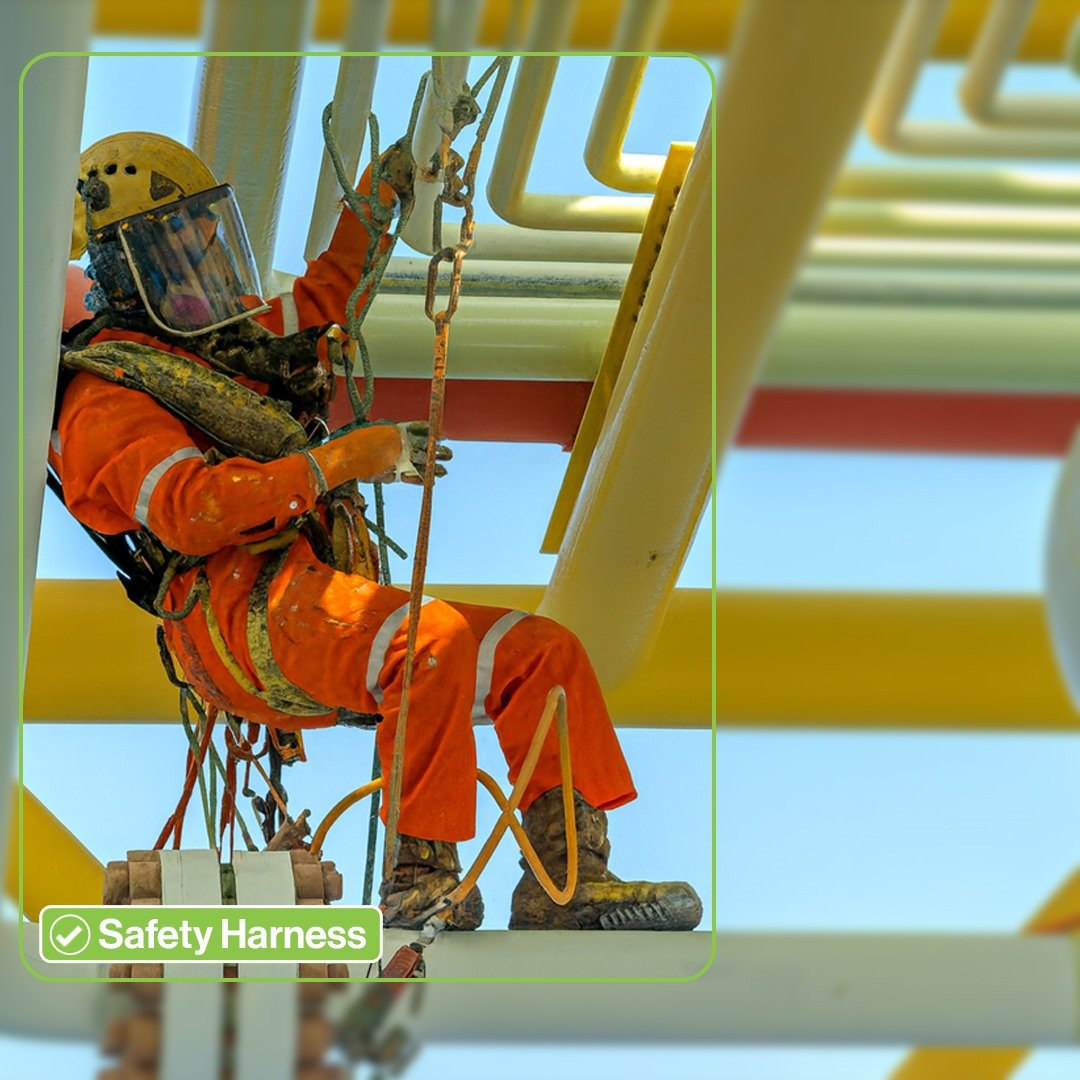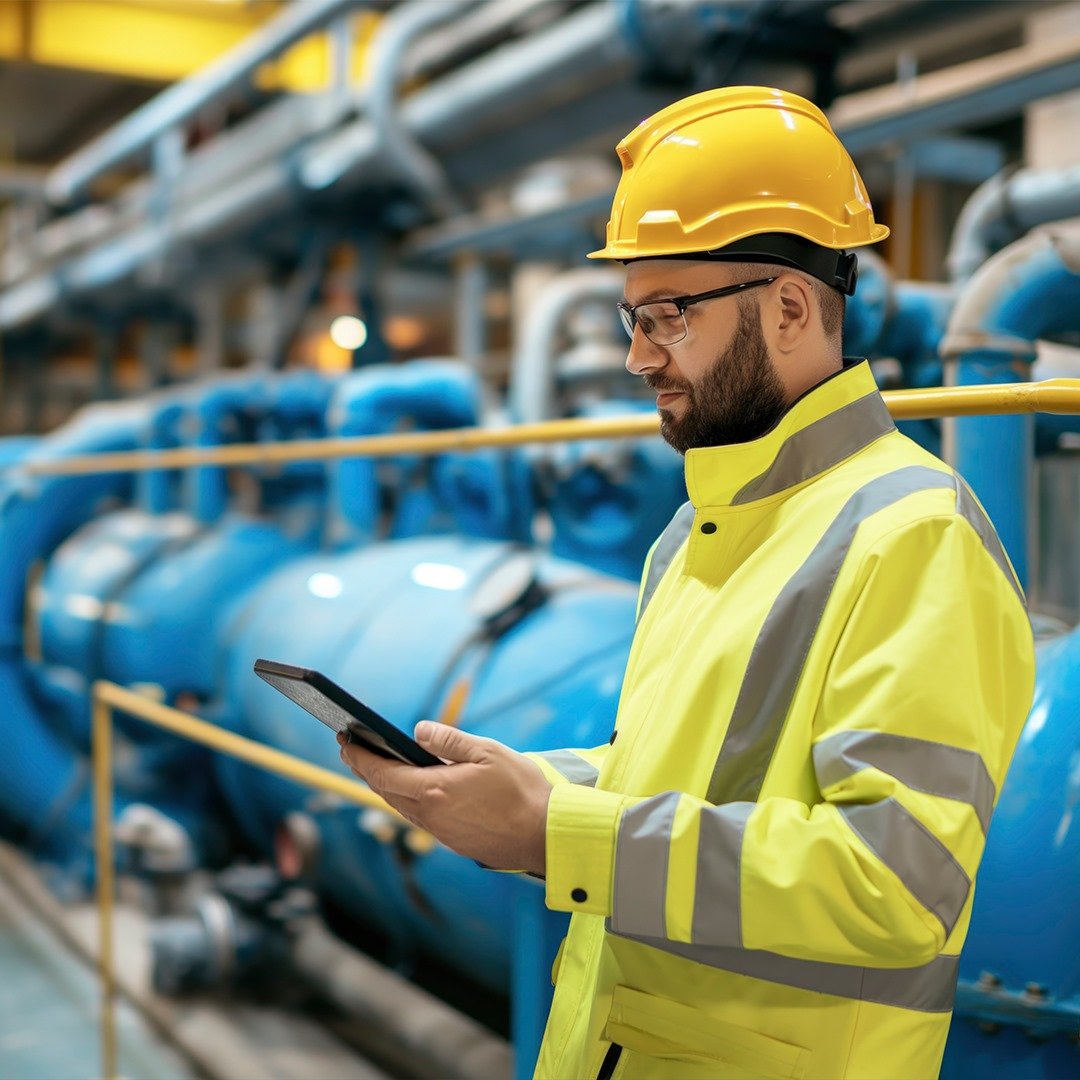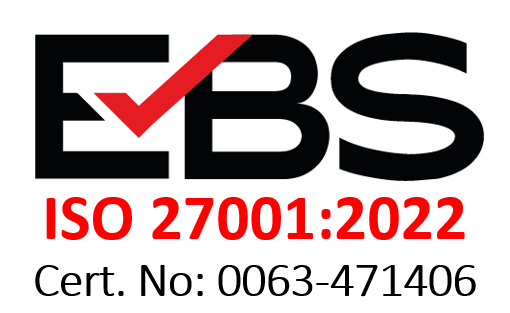What Is PPE? Meaning, Regulations & How AI Improves Compliance
Introduction
Personal Protective Equipment (PPE) is the equipment worn to protect workers from various workplace hazards, including chemical, physical, biological, mechanical, electrical, and other risks. The importance of PPE compliance in high-risk industries cannot be overlooked, as failure to comply can lead to severe injuries, legal consequences, financial losses and reputational damage that can interrupt productivity and compromise safety.
AI-powered computer vision transforms workplace safety by integrating AI into existing CCTV systems. It can detect whether employees are wearing the required PPE, such as helmets, gloves, or full-body suits, in real time. These systems immediately detect and report violations, reduce human error, help in maintaining strict compliance, and ensure PPE compliance with health and safety regulations.
What Does PPE Include?
PPE covers a wide range of protective items like:
- Head protection: Hard hats and helmets guard against falling objects.
- Eye and face protection: Safety glasses and face shields shield against dust and chemicals.
- Hearing protection: Earplugs and earmuffs reduce noise hazards.
- Hand protection: Gloves prevent cuts, burns, and exposure to harmful substances.
- Body protection: Coveralls, vests, or full-body suits defend against heat, chemicals, and sparks.
- Foot protection: Safety boots or shoes prevent slips, trips, falls, and protect the feet.
- Fall protection: Harnesses keep workers safe while working at heights.
Together, these provide head-to-toe protection and support PPE compliance by ensuring employees use the right protective gear.
Explore the different types of PPE
Understanding PPE Regulations
PPE regulations are designed to ensure that workers are properly protected from workplace hazards.
Role of Employer:
Employers must conduct hazard assessments to identify potential risks and determine the type of equipment needed. Once the protective equipment is identified, they must provide the appropriate PPE at no cost to employees and ensure it fits correctly and is maintained. Training is also an essential part of compliance, as workers must know how to use, wear, and care for their protective gear.
Role of Artificial Intelligence:
With the rise of AI-powered workplace safety solutions, PPE compliance detection is becoming more proactive. Computer vision AI can continuously monitor workplaces to identify PPE violations such as missing helmets, gloves, or safety glasses in real time. This not only helps employers stay compliant with regulations but also improves workplace safety by taking actions before accidents occur.
By combining the right PPE selection with AI-powered computer vision, organizations not only protect their employees from workplace hazards but also improve overall EHS compliance, reduce the risk of penalties, and make audits easier to pass. This approach ensures a safer, more proactive, and more responsible workplace.
Why PPE Is Crucial in Safety
Personal Protective Equipment (PPE) acts as the safety backup, mitigating the chances of injuries and illnesses caused by physical, chemical, or environmental hazards. From helmets and gloves to safety boots, PPE provides workers with the protection they need in their workplace. However, maintaining proper PPE usage becomes challenging in busy workplace environments.
The Disrupt Labs AI safety solutions truly make a difference. By using computer vision AI, these systems go beyond traditional monitoring to enhance the PPE compliance. Instead of relying only on manual inspection, the AI powered CCTV keeps a constant check, ensuring PPE is worn correctly at all times. Whether it’s detecting a missing helmet in a restricted zone or identifying gloves not being used, the system instantly alerts supervisors, allowing immediate action before accidents occur. AI-powered monitoring transforms workplaces into safer, smarter, and more accountable environments. Explore more benefits of AI in PPE compliance.
Choosing & Using PPE Suits Properly
Selecting the right PPE suit for the specific industrial risks is essential, whether it’s for chemical, heat, or physical risks. A suit that is too thin, poorly fitted, or designed for the wrong hazard can increase the risk of injuries or illnesses. Proper use of PPE suits is equally important.
AI-powered computer vision can help ensure correct usage of PPE compliance by continuously monitoring workers and identifying when suits are not worn properly. If a worker enters a hazardous area without the correct PPE suit or wears it incorrectly, the system sends instant alerts, allowing immediate action.
Key Responsibilities for Safety with PPE
AI-powered EHS management solutions strengthen these responsibilities by:
- Automating compliance tracking: Instead of relying on manual inspections, AI continuously monitors PPE usage to ensure employees are wearing the correct protective equipment. This automation makes compliance tracking faster, more accurate, and easier to maintain.
- Reducing human error: Manual safety checks can be inconsistent or prone to oversight due to fatigue or busy schedules. AI safety solutions can detect unsafe behaviors or potential hazards in real time, allowing supervisors to take action before accidents occur.
- Supporting a proactive safety culture: By providing instant alerts, safety teams can intervene early, address recurring issues, and reinforce safe behaviors.
AI for EHS management goes beyond basic compliance. It helps organizations create an environment where safety solutions are integrated into daily operations. By combining human responsibility with AI-driven monitoring, companies can strengthen trust, improve accountability and PPE compliance, and ensure long-term workplace safety.


PPE Compliance with AI
As workplaces adopt more automation, PPE compliance will also evolve. AI powered CCTV systems identify violations before they escalate. This proactive approach means organizations can prevent risks earlier, reduce regulatory penalties, and achieve higher workplace safety standards. With advancements in EHS compliance, companies using AI for EHS management will lead the way in creating safer and smarter workplaces.
Real-World Use Case: PPE Compliance in Manufacturing
Manufacturing environments involve high-risk processes where PPE is critical. Workers must stay protected at all times. Yet manual inspections cannot always keep up with fast-paced operations. With The Disrupt Labs AI-powered solutions, factories can achieve real-time PPE compliance monitoring. Cameras detect when workers fail to wear goggles, suits, or gloves, and supervisors receive instant alerts. This allows immediate corrective action before accidents occur. The same systems also monitor forklift-person proximity, restricted zones, and emergency exits ensuring full compliance across the facility.
Conclusion
Ensuring PPE is used correctly is critical, but manual monitoring can be challenging. Our AI-powered computer vision solutions continuously track PPE usage in real time, instantly identifying any violations. By reducing human error and highlighting areas for immediate improvement, organizations can address risks before incidents occur, strengthen safety practices, and maintain regulatory compliance.
Stay ahead of hazards at your workplace. Contact us today to integrate AI safety solutions with your existing CCTV systems to maintain PPE compliance and protect your work environment.
Frequently Asked Questions
PPE includes helmets, safety glasses, gloves, ear protection, coveralls, vests, safety boots, full-body suits, and harnesses for fall protection.
Employers must provide the correct PPE, maintain it, and train employees, while workers are responsible for wearing it correctly.
Full-body PPE suits protect workers from chemicals, heat, sparks, biological hazards, and other industrial risks, ensuring full-body protection in high-risk environments.
AI continuously monitors workers to ensure PPE compliance and instantly flags violations that help maintain safety and regulatory compliance in the workplace.

